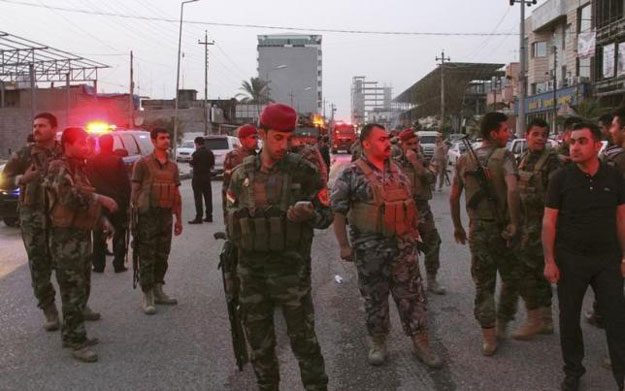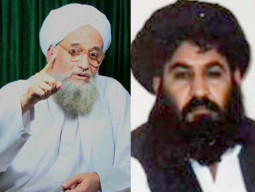
The US military spent an average of $4.6 million per day on bombs and other munitions between July 15 and July 31, nearly double the daily average of $2.33 million spent in the previous month.
Lieutenant Commander Kyle Raines, a spokesperson for US Central Command, said the number of bombs and other munitions used in July increased by 67 per cent over the previous month, jumping from 1,686 to 2,829.
Read: US, Turkey join forces to drive Islamic State from Syria
One defense official, speaking on condition of anonymity, said the late July bombing was the second most intense since the campaign started a year ago, topped only by a two-week period in September when the US-led coalition began operations in Syria.
"We began conducting larger operations in late July, thus requiring a larger number of munitions," Raines said.
Kurdish fighters in Syria solidified their control over areas near the border with Turkey and began to push deeper into Islamic State-held territory. At the same time, Iraqi forces began preparing to recapture the Anbar capital Ramadi.
Defense officials and analysts said the jump in bombs dropped also likely reflected better coordination between local fighters on the ground who identify targets and US troops who have to approve the targets and direct the strike aircraft.
Anthony Cordesman, a defense analyst at the Center for Strategic and International Studies, said heightened combat activity would tend to trigger a jump in bombing.
"When it's close air support or operational support the numbers go up," he said, pointing to recent air strikes near Ramadi and Bayji and other locations in Iraq and Syria, where US forces targeted al Nusra Front as well as Islamic State.
Daily US air strike reports show that coalition attacks in Syria at the end of July intensified around al Hasaka, which was contested by Kurdish forces, and Deir al Zor, a strategic town between the group's capital Raqqa and the Iraqi border.
"Air strikes have expanded further into Syria, and the advances of anti-ISIL forces on the ground open up more targeting opportunity against ISIL," Raines said, using an acronym for the Islamic State.
Read: Islamic State risks becoming global menace: US envoy
"For Iraq, coalition air strikes continue to shape the battlefield and lay the groundwork for Iraqi security forces," he said.
FINDING BETTER TARGETS
Daily reports released by Central Command show that the number of air strikes in late July essentially remained flat, suggesting that the airplanes involved the strikes were, in fact, finding targets and releasing a larger proportion of their weapons.
The air campaign has seen the heaviest use ever of precision weapons. Through June, 98 per cent of the weapons used in the conflict were precision guided, compared to 68 per cent in the 2003 Iraq war.
Where air forces once dropped thousands of tons of bombs per target, US pilots now drop between one and two per target.
Despite the intensified bombing in late July, the overall US effort against Islamic State militants remains small compared to other American wars.
Pentagon figures released late last week showed the United States spent nearly $3.5 billion on the war against Islamic State between Aug. 8, 2014, and July 31, 2015.
If the daily average continued for another week, the cost of the first full year of the war would be just under $3.6 billion. That is about what the Pentagon spends each month on the scaled-back mission in Afghanistan, which involves some 9,800 troops.
Spending on munitions during the last two weeks of July was more than $4.6 million per day, nearly double the $2.33 million daily rate over the previous month, the figures showed.
























1714129906-0/Clint-Eastwood-(1)1714129906-0-270x192.webp)
















1714024018-0/ModiLara-(1)1714024018-0-270x192.webp)









COMMENTS
Comments are moderated and generally will be posted if they are on-topic and not abusive.
For more information, please see our Comments FAQ